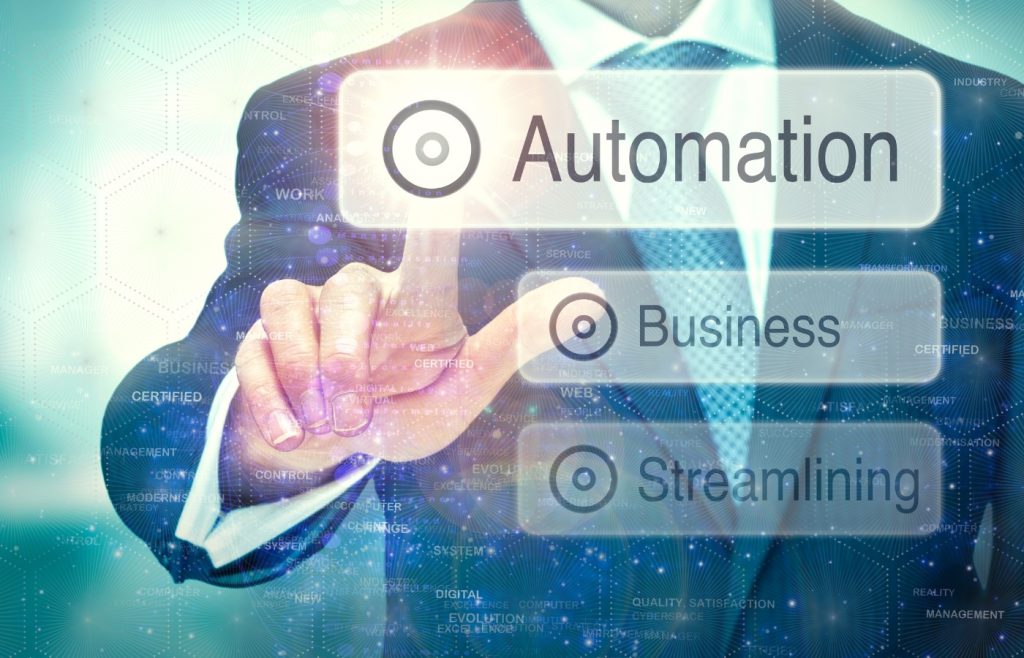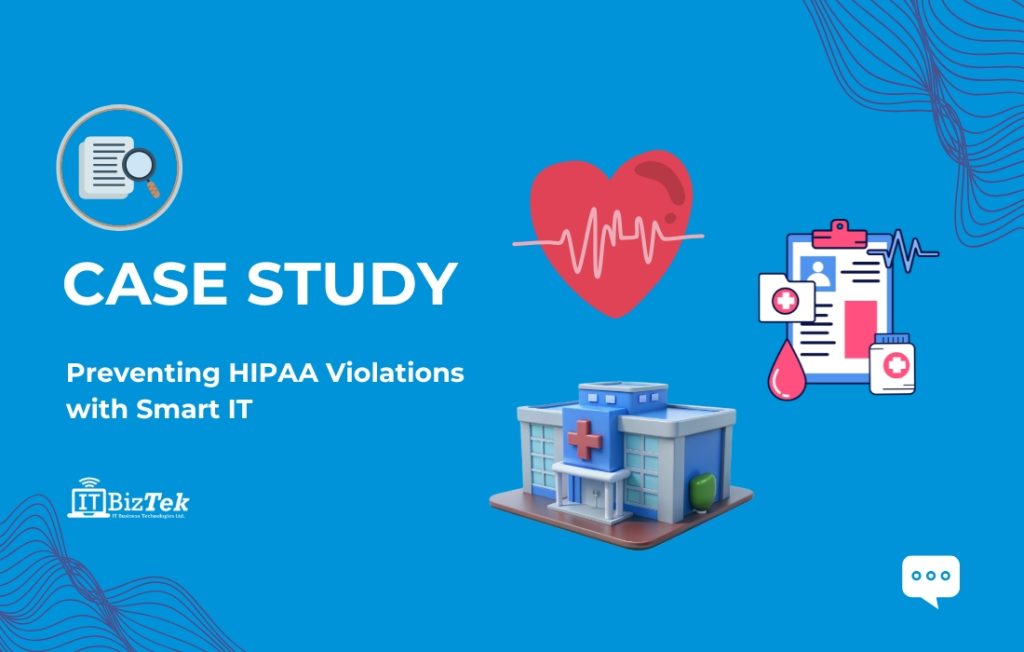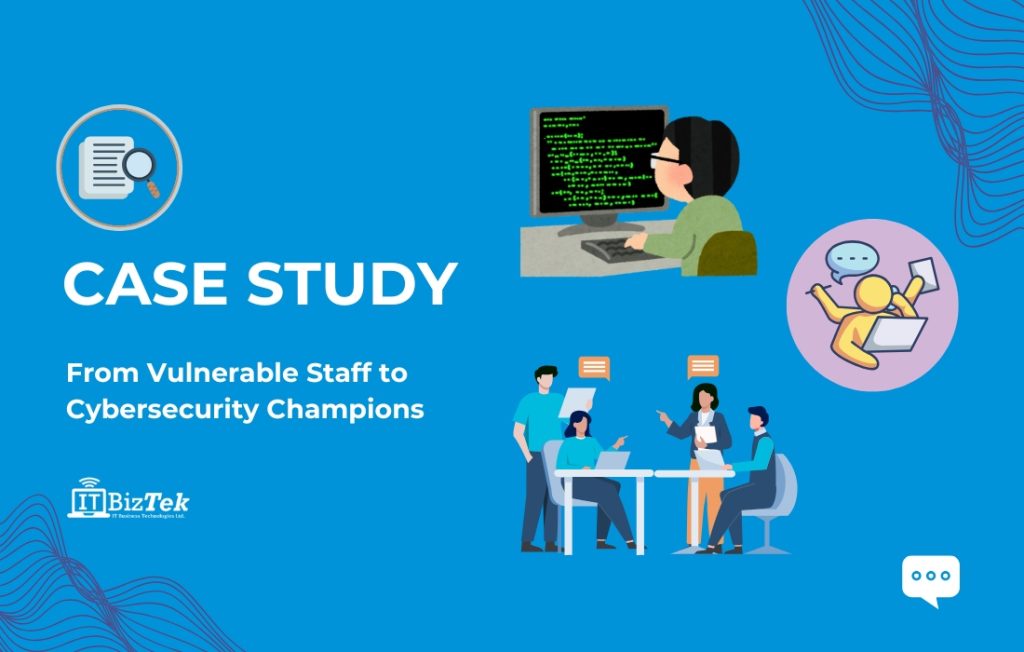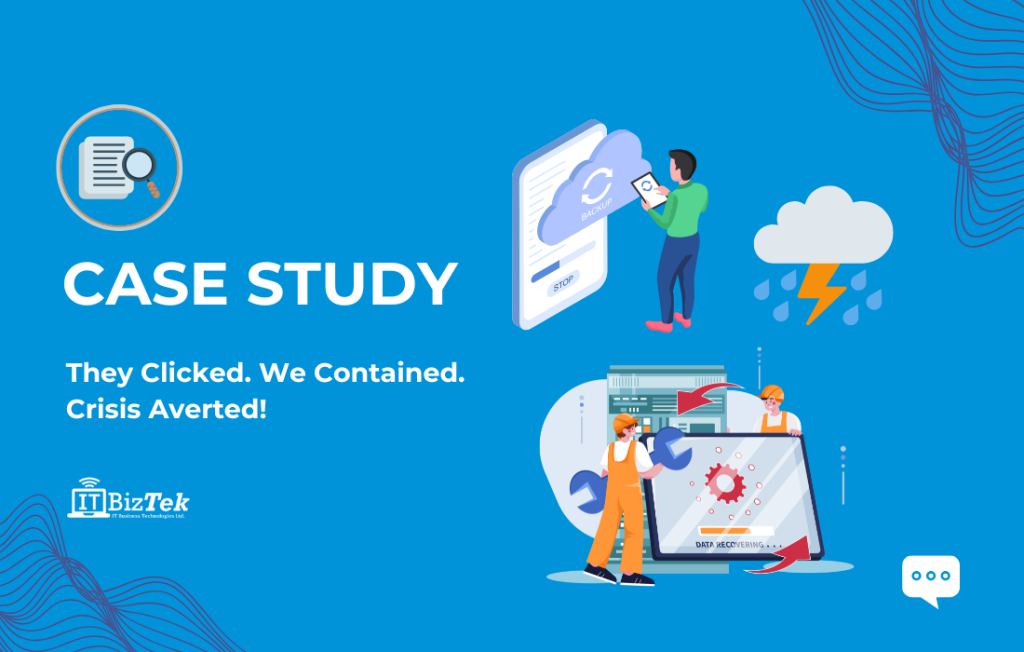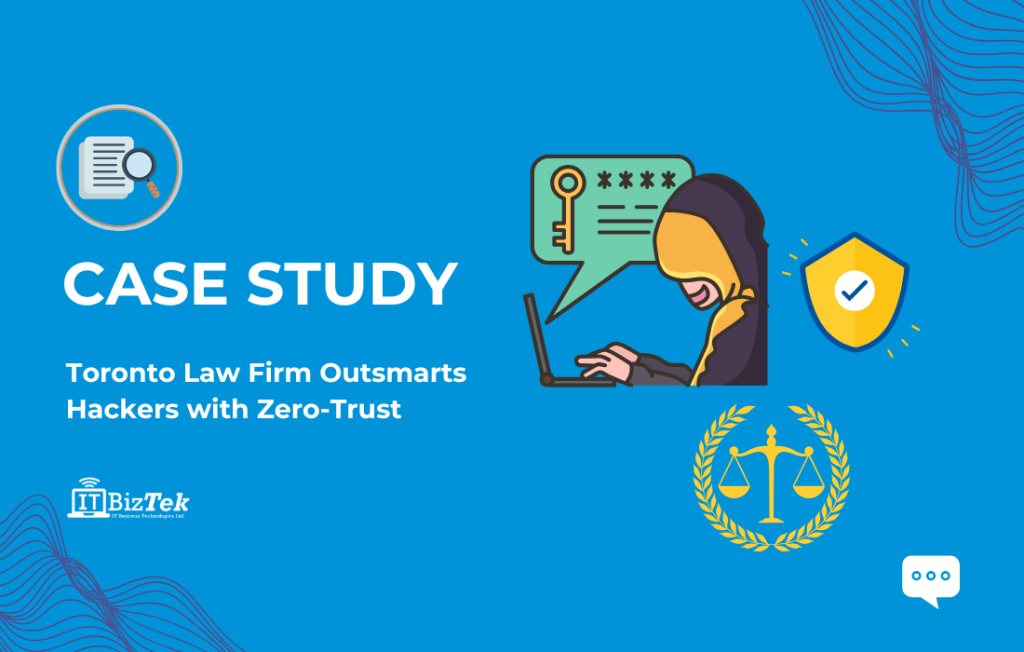How Small Businesses Can Use AI Meaningfully Without Wasting Money
Digital transformation is no longer a big-tech concept. Canadian small and medium-sized businesses are now adopting AI tools for analytics, automation, security, and day-to-day productivity. A recent report from the Canadian Federation of Independent Business (CFIB) highlights that more SMEs are investing in digital tools and AI because they’re finally seeing measurable gains in efficiency and decision-making.
But here’s the real challenge:
Most small businesses don’t have a dedicated IT team, structured data systems, or a clear plan for AI adoption. They’re often unsure where to start, which tools to invest in, or how to protect business data as they modernize.
This blog breaks down practical, low-risk AI and digital transformation strategies that Canadian SMEs can implement quickly and confidently, with realistic expectations around cost, security, and ROI.
1. Start With a Digital Readiness Check
Before touching AI tools or automation, businesses need a clear picture of where they stand today.
A digital readiness assessment usually includes:
- Current hardware and software inventory
- Cloud usage and data storage
- Security gaps
- Team workflows
- Repetitive tasks that can be automated
- Bottlenecks caused by outdated systems
Most SMEs skip this step and jump straight into buying tools. That’s where mistakes happen. At ITBizTek, we start every transformation project with a full audit so business owners can make informed decisions instead of taking guesses.
Why this matters:
A readiness check prevents unnecessary spending and ensures AI solutions are built on a solid foundation.
2. Automate the Small Stuff First
AI adoption doesn’t need to start with big, expensive platforms. Most small businesses get the highest ROI by automating simple, time-wasting tasks such as:
- Scheduling and calendar coordination
- Invoice reminders or follow-ups
- Data entry into CRM or accounting tools
- Inventory alerts
- Email triage and spam filtering
- Customer query classification
Tools like Microsoft 365 Copilot, Google Workspace AI features, and simple workflow automations can save hours every week without changing existing business processes.
Cost reality:
Most SMEs can start automating for less than the cost of a single employee’s training course.
3. Move Core Operations to the Cloud Before Scaling AI
AI works best when data is accessible, secure, and organized. If your files are scattered across old computers, USB drives, and outdated servers, AI tools won’t perform well.
Cloud adoption gives Canadian SMEs:
- Secure storage
- Easy collaboration
- Reliable backups
- Scalability without upfront hardware costs
- Access to built-in AI features (Microsoft, Google, QuickBooks, Shopify, etc.)
Cloud migration also ensures you’re ready for advanced analytics, automated reporting, cybersecurity enhancements, and smart workflows. ITBizTek supports migrations that happen with zero downtime so teams can keep working without disruption.
4. Strengthen Cybersecurity Before Adding AI Tools
AI adoption increases both productivity and risk.
More cloud tools and more automation mean more points of entry for cyber threats.
Recent Canadian cybersecurity reporting and surveys from industry bodies show that many small businesses remain highly exposed to cyber risk, and that underinvestment in protection is a growing concern.
Before adding any AI tools or cloud apps, businesses must secure:
- Multi factor authentication
- Email threat protection
- Endpoint security for laptops and mobile devices
- Encrypted file sharing
- Automated backups
- Patch and update management
- Firewalls and zero trust policies
When SMEs skip this step, new AI tools can accidentally open doors to cyber risks.
5. Use AI for Data Insights, Not Guesswork
A lot of businesses are interested in AI analytics but don’t know where to begin.
Here’s a simple baseline: Start with the data you already have.
Examples include:
- Sales trends
- Customer buying patterns
- Inventory movement
- Employee productivity
- Website behaviour and conversions
AI can clean this data, create reports, and highlight insights you might miss manually.
This lets business owners make decisions based on evidence instead of assumptions. Best of all, SMEs don’t need a data science team. Managed IT partners can set up dashboards and automated reports that run every week or month.
6. Integrate AI Into Existing Tools Instead of Buying New Ones
One of the biggest misconceptions is that digital transformation requires new platforms.
In reality, most tools Canadian SMEs already use have built-in AI features that can flatten the learning curve and reduce cost.
Examples:
- Microsoft 365 Copilot
- Google Workspace AI
- QuickBooks automation
- HubSpot analytics tools
- Shopify AI product recommendations
- Zoho CRM automation
- Slack AI summaries
This approach reduces training time and avoids unnecessary software expenses.
7. Create an AI Roadmap With Realistic ROI
Business owners often ask, “What’s the real ROI of AI, and how do we measure it?”
Here’s the simple answer: AI ROI is highest when you automate processes that your team already spends time on every day.
An AI roadmap should include:
- What tasks to automate first
- Expected time savings
- Cybersecurity checklist
- Cloud setup plan
- Employee training
- Compliance and data protection considerations
- Long term digital goals
This roadmap keeps everyone aligned and ensures investments actually benefit day-to-day operations.
At ITBizTek, we build AI adoption roadmaps tailored to each business’s size, industry, and budget.
8. Support Your Team With Training and Change Management
AI tools only work if your team uses them correctly and consistently. Without guidance, employees may feel overwhelmed or resistant.
Effective change management includes:
- Simple training sessions
- Step by step instructions
- Ongoing support
- Security awareness coaching
- Clear communication about how AI helps their work
This is why our managed IT services include dedicated onboarding and training for your staff, so adoption feels smooth, not stressful.
Digital transformation isn’t about chasing trends. It’s about using technology strategically to save time, reduce costs, protect your business, and make smarter decisions.
Canadian SMEs don’t need massive budgets or big tech teams to benefit from AI. With the right plan, the right security, and the right support, small businesses can modernize quickly and see real gains.


